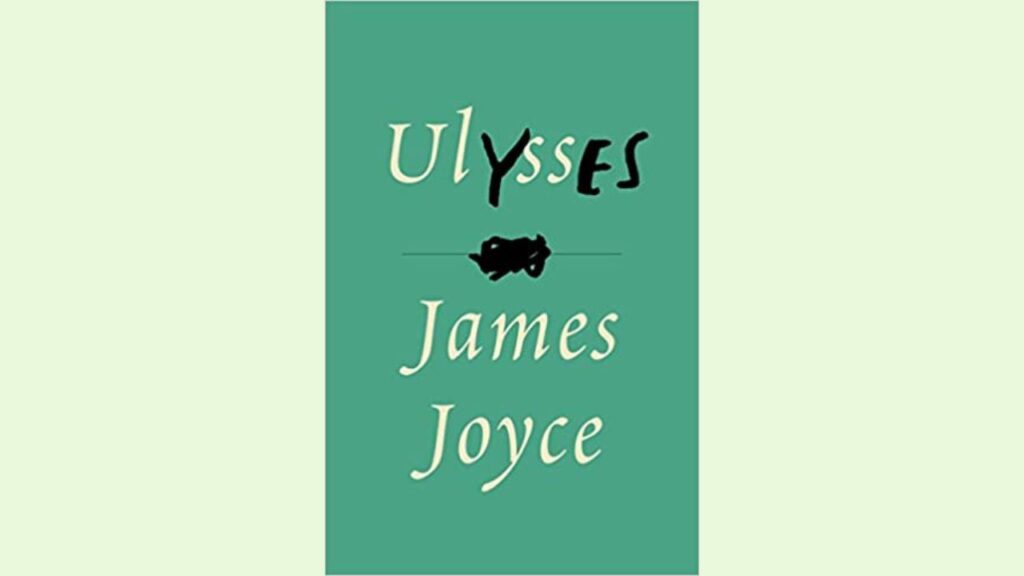
Student Notes – Ulysses by James Joyce
Introduction:
Ulysses, written by James Joyce and published in 1922, is a groundbreaking novel that has challenged and captivated readers with its innovative narrative style and complex exploration of human consciousness. This student note provides an analysis of the novel, including an introduction, setting, historical context, characters, plot summary, key themes and symbolism, analysis and discussion points, and a conclusion. Ulysses takes place over the course of a single day in Dublin, Ireland, following the lives of its main characters as they navigate various encounters and experiences.
Setting:
Dublin, Ireland:
- The entire novel unfolds in the city of Dublin, Ireland, on June 16, 1904.
- The various locations in the city, including homes, streets, pubs, and landmarks, serve as the backdrop for the characters’ experiences and reflections.
Historical Context:
- Ulysses was written during the early 20th century, a time of political and social upheaval, artistic experimentation, and shifting cultural norms.
- The novel reflects the fragmented nature of modernity and challenges traditional narrative forms, showcasing Joyce’s desire to capture the complexity of human thought and experience.
Characters:
Leopold Bloom:
- The main protagonist of the novel, a middle-aged Jewish advertisement salesman who embarks on a journey through Dublin on June 16, 1904.
- Bloom represents the ordinary and the mundane, serving as a contrast to the mythical hero Odysseus (Ulysses) from Homer’s Odyssey.
Stephen Dedalus:
- A young aspiring writer and intellectual who serves as the novel’s counterpart to Telemachus, the son of Odysseus.
- Stephen wrestles with his identity, artistic aspirations, and his troubled relationship with his father.
Plot Summary:
- Ulysses follows the lives of Leopold Bloom and Stephen Dedalus as they navigate a single day in Dublin, encountering various individuals and situations.
- The narrative unfolds through a series of interconnected episodes, each exploring different perspectives, linguistic styles, and narrative techniques.
Key Themes and Symbolism:
Identity and Alienation:
- The characters in Ulysses struggle with questions of personal identity, cultural belonging, and their place in society.
- Bloom’s Jewish heritage and Stephen’s intellectual aspirations contribute to their sense of alienation and otherness.
Language and Narrative Experimentation:
- Joyce pushes the boundaries of language and narrative form, employing stream of consciousness, multiple narrators, and unconventional structures to capture the inner workings of the characters’ minds.
Myth and Literature:
- The novel draws heavily on Homer’s Odyssey, with each episode corresponding to an episode in Odysseus’s journey, weaving classical mythology into the fabric of modern Dublin.
Analysis and Discussion Points:
- The stream of consciousness technique and its impact on the reader’s experience.
- The significance of Joyce’s choice of June 16, 1904, as the setting for the novel and its connection to personal and historical events.
- The exploration of sexuality and desire, including Bloom’s infidelity and Molly Bloom’s famous final soliloquy.
Conclusion:
Ulysses by James Joyce is a monumental and challenging work that pushes the boundaries of narrative form and explores the depths of human consciousness. Through its complex characters, innovative narrative techniques, and rich symbolism, the novel invites readers to delve into the complexities of identity, language, and the human experience. Ulysses remains a cornerstone of modernist literature, offering endless avenues for analysis, interpretation, and discussion.





